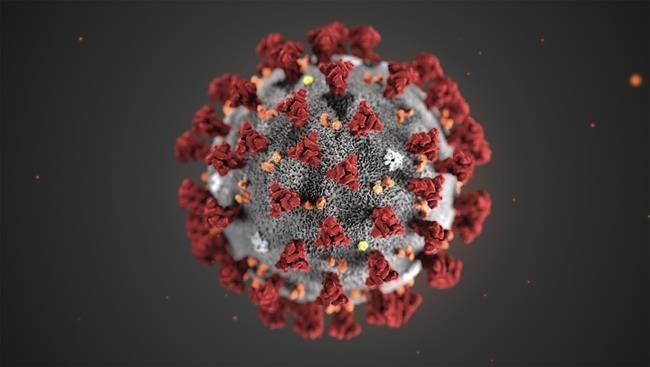TORONTO — Ontario revealed a new tiered system for COVID-19 restrictions on Tuesday, saying it will help fight the pandemic at a regional level, but critics said the framework prioritized the economy over public health.
The system - which places health units in colour-coded categories depending on their caseload and transmission levels - was announced as Ontario reported a record 1,050 cases of COVID-19.
Some worried the framework wouldn't place tougher measures on regions with rising infections fast enough, but Premier Doug Ford said it will allow the province to tackle the virus in a targeted way.
"We're going to continue to be very vigilant," he said, adding that the province needed to balance restrictions with economic factors.
"I (have) restaurant owners calling me up. It's heart-breaking, how they can't pay their loan and they may lose their house. How do you measure that?"
Ford has been under pressure from businesses to outline the rationale for recent restrictions in COVID-19 hot spots that have shuttered gyms, cinemas and indoor restaurant dining.
The premier said the new system will provide clarity on when tougher measures are required.
"We're giving you a clear understanding of where you are as a region," he said. "I know that you want access to more data. I know you want predictability."
Under the new framework, areas with the lowest levels of virus case counts, positivity rates and community transmission will be placed in a green category, with the most permissive rules.
It then moves upward through yellow, orange and red categories, with increasingly strict measures, and has a grey "lockdown" level where maximum measures would be implemented.
The system goes into effect at 12:01 a.m. on Saturday, when restrictions previously placed on the hot spots of Peel Region and Ottawa will ease.
Restrictions imposed on Toronto - which shut down indoor restaurant dining and closed gyms and cinemas - will be extended until Nov. 14 at the request of the city's mayor, after which it will be moved to the new system.
"This new framework provides a path forward that will help us get to a situation where establishments can open their doors safely," Mayor John Tory said in a statement.
The new system would see most Ontario regions placed in the green category, while Brant County, Durham and Halton regions, and Hamilton are placed in the yellow category.
Peel Region, York Region, the Ottawa area, and later Toronto will fall into the orange category, which places capacity limits and other restrictions on indoor restaurant dining, gyms and cinemas, but allows them to operate.
The province said it will review each region's COVID-19 data at the end of this week before making a final determination on what categories communities fall into.
A region that moves up into a category with tighter restrictions will stay there for 28 days. It will then be re-evaluated on two weeks worth of data before being considered for movement into a lower category.
The Opposition expressed a lack of confidence in the plan, saying many communities and small businesses simply can't afford to "slide in and out" of closures as they move between tiers.
"We're quite concerned about the flexibility in this program that is being unveiled by the government," NDP legislator Taras Natyshak said, adding more support is needed to help businesses navigate the uncertainty.
Liberal Leader Steven Del Duca said the new system is "convoluted".
"Ford is proposing weaker, more confusing measures, even as the province experiences record numbers of new cases and low testing numbers," he said.
Green party Leader Mike Schreiner said he was concerned the Ford government was forcing public health to take a backseat to the economy.
"My biggest concern with this framework is that these benchmarks are too high and allow for widespread community transmission without increased public health restrictions," he said.
Some in the medical community expressed similar concerns.
Infectious diseases physician Dr. Isaac Bogoch pointed to the measures for communities in the province's orange category -- which allows for up to a ten per cent positivity rate in a community -- as potentially too loose.
"Some of the metrics are too forgiving," he said on Twitter. "These would allow for significant community spread without imposing measures to curb transmission."
Dr. Michael Warner, the medical director of critical care at Michael Garron Hospital, said the new rules enable economic reopening at the expense of health and safety.
"The framework proposed by (Premier Ford) enshrines exponential spread as acceptable," he wrote in a post online.
The province also announced Tuesday that it will make up to $300 million available to businesses forced to shut down because of the restrictions imposed in hot spot regions.
Those businesses can apply to the province starting Nov. 16 to help to pay their property taxes and energy costs.
-- with files from Paola Loriggio.
This report by The Canadian Press was first published November 3, 2020.
Shawn Jeffords, The Canadian Press

